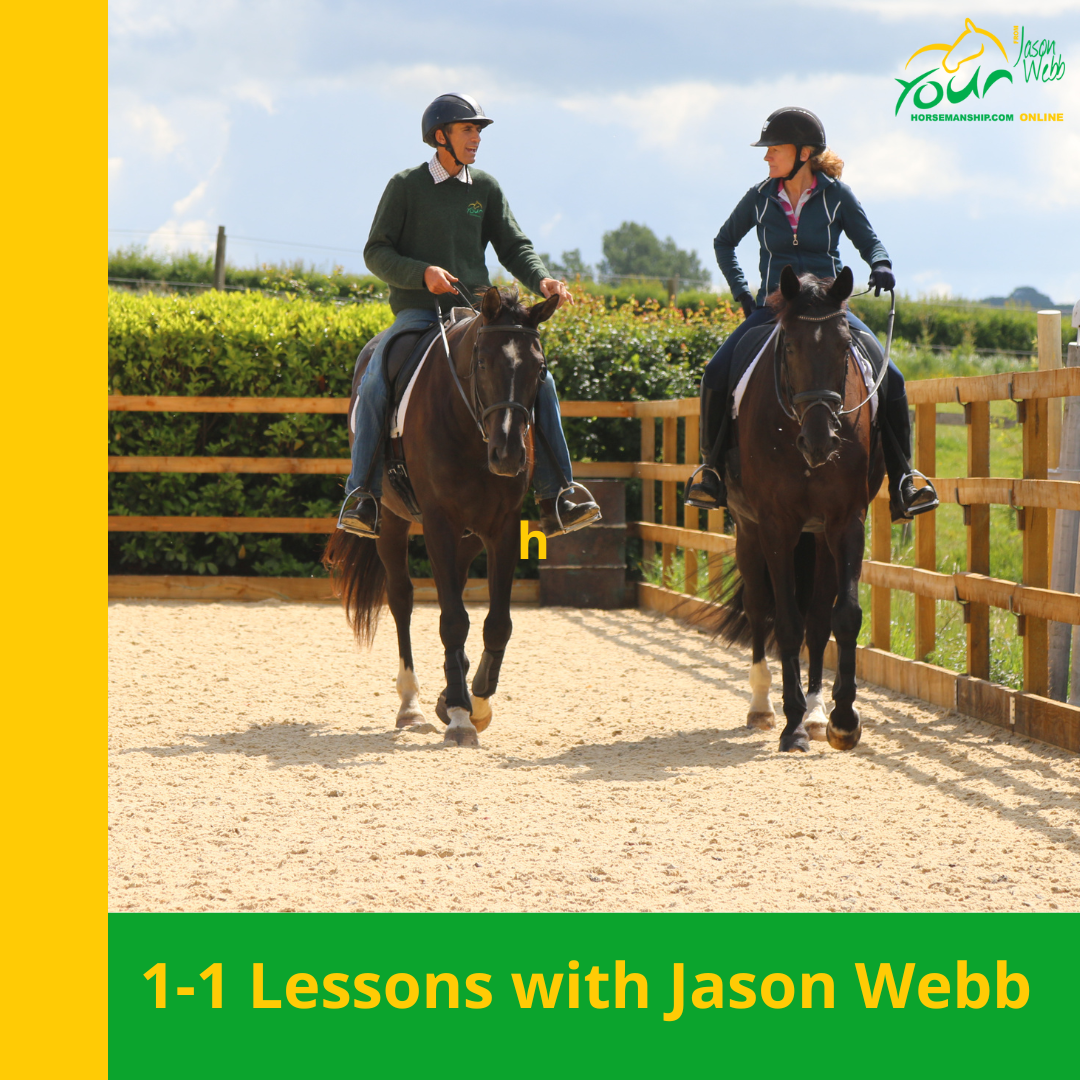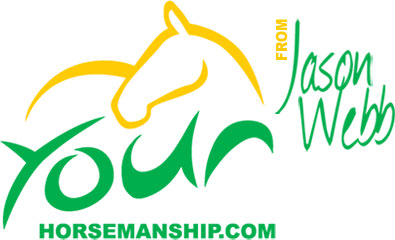- Wednesday 07 Jan
7th January 1-1 lessons with Jason Webb
In 14 days
Individual sessions covering any ground or ridden work of your choice with Jason Webb at 12.30pm, 1.30pm and 2.30pm.
Your Horsemanship members receive a 10% discount at checkout.
The sessions run from 45-60 minutes depending on the work being covered.
Please contact us if you...




